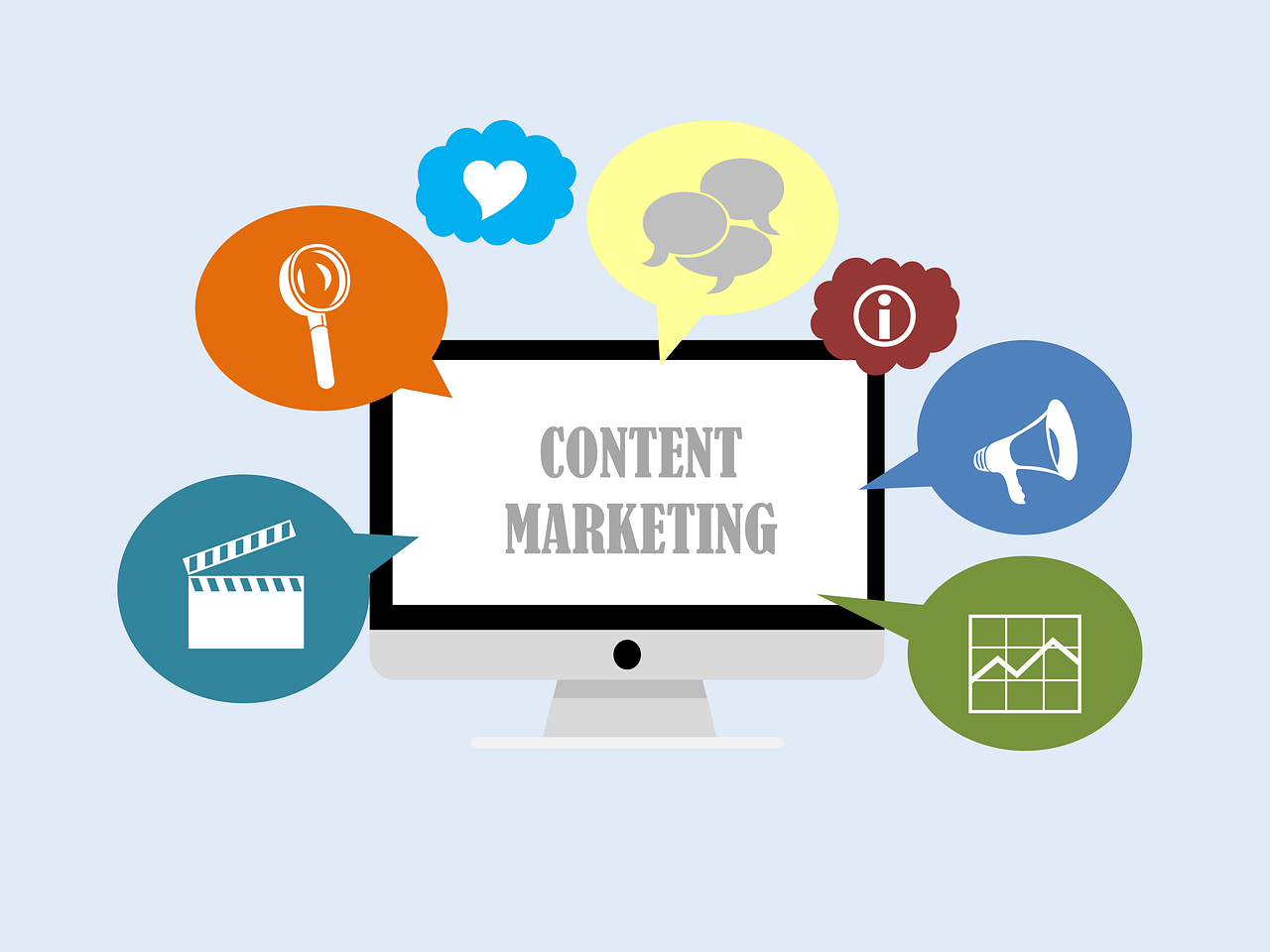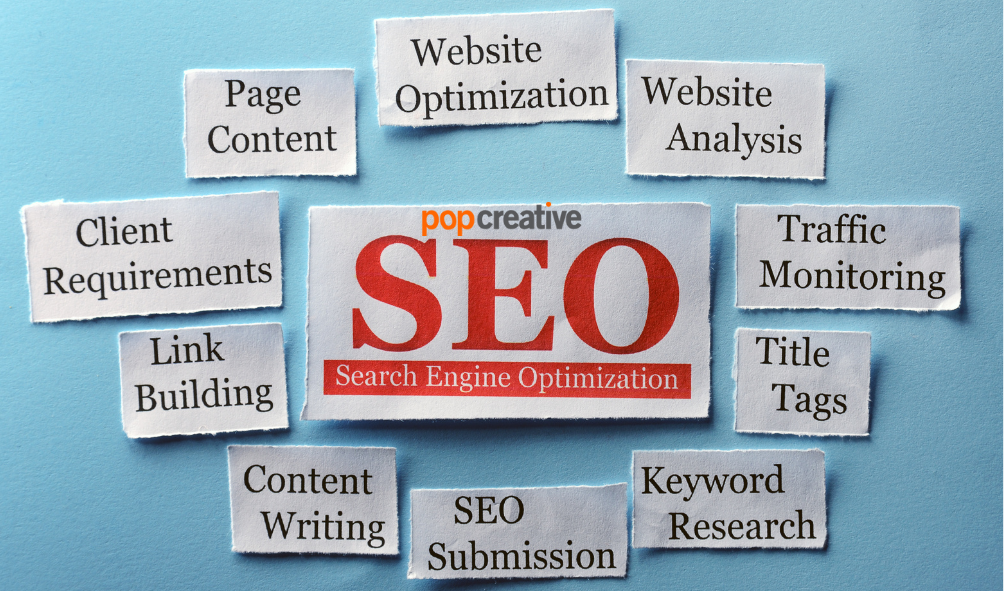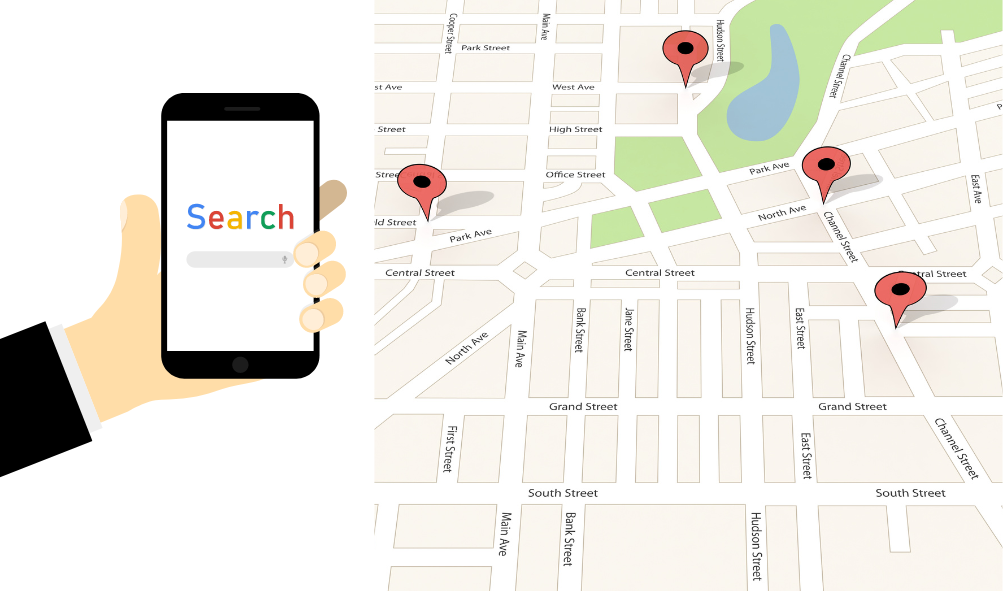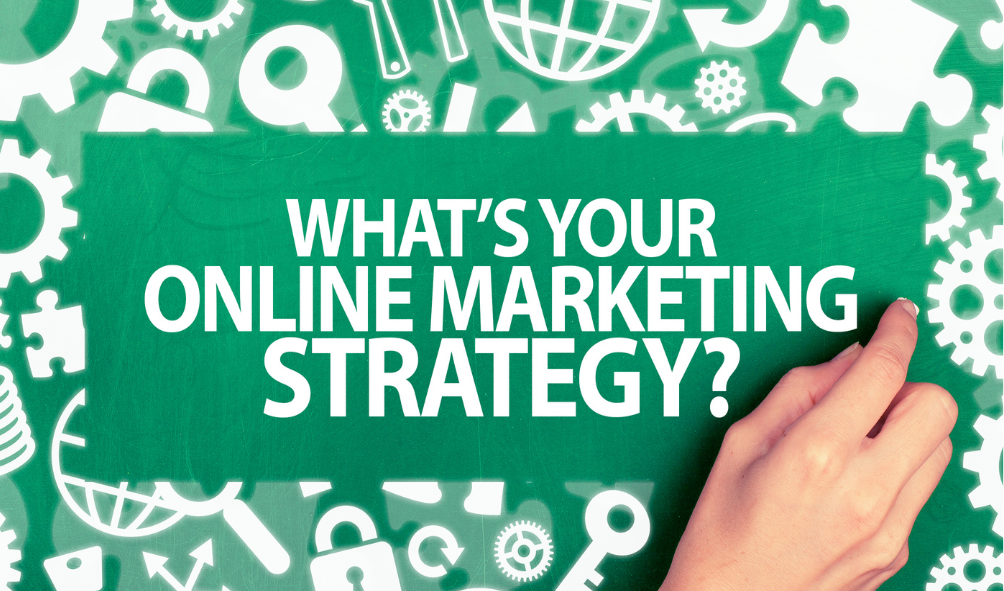According to Ahrefs, 82% of marketers are actively investing in content marketing. It’s no wonder that it has become such a popular topic among small business owners. After all, who wouldn’t want an efficient and cost-effective way to reach their target market? Before you start pumping out blog posts and social media updates, you need to develop a content marketing strategy. Here are 7 reasons why you should start doing it:
1. To Define Your Target Market
If you don’t know who you’re trying to reach, your content will never be effective. Part of developing a content marketing strategy is taking the time to really get to know your target market. What are their pain points? What are their interests? What motivates them?
2. To Develop Consistent Branding
Your content is one of the most powerful branding tools at your disposal. Every time you publish a blog post or share an update on social media, you have the opportunity to show your audience what your brand is all about.
If you want to create a consistent and cohesive brand, you need to develop a content marketing strategy that outlines your brand’s voice, values, and personality.
3. To Save Time and Money
Creating quality content takes time and effort. If you don’t have a plan, it’s easy to waste hours (or even days) on a single blog post or social media update. By developing a content marketing strategy, you can save time and money by mapping out exactly what kind of content you need to create and when you need to create it.
4. To Increase Your Web Traffic
One of the ultimate goals of any business is to drive traffic to its website. And one of the best ways to do that is through content marketing. When you create and share quality content, you attract attention from your target market. And if your content is helpful and informative, they’ll keep coming back for more.
5. To Generate Leads and Sales
Of course, attracting web traffic is only part of the equation. You also need to convert those visitors into leads and sales. Content marketing can help you do that by providing your audience with information that they can use to make a buying decision.
6. To Build Trust and Credibility
With Your Audience If you want people to buy from you, they need to first trust you. And one of the best ways to build trust is through consistent, quality content. By providing your audience with helpful and informative articles, blog posts, and social media updates, you can establish yourself as an expert in your industry—someone they can trust.
7. To Stay Ahead of Your Competition
In today’s digital age, nearly every business has some form of online presence. That means the competition is stiffer than ever before. If you want to stay ahead of the competition, you need to be strategic about your content marketing efforts. A well-thought-out content marketing strategy will help you better understand your audience, produce quality content, and stay ahead of the competition.
The Benefits of Content Marketing
The benefits of content marketing are numerous. By creating and distributing high-quality, relevant, and engaging content, businesses can attract and retain customers, while also driving sales and revenue.
It can help build trust and credibility with potential and existing customers. It can also generate leads and drive website traffic. And, perhaps most importantly, it can help fuel your sales and marketing efforts by providing valuable information that helps your prospects and customers make purchasing decisions.
When done correctly, content marketing can be an extremely effective marketing tool. But, like any other marketing strategy, it takes planning, hard work, and dedication to see results. Here are a few benefits of content marketing that businesses can enjoy:
1. Helps you build trust and credibility
One of the main benefits of content marketing is that it helps you build trust and credibility with your target audience. By providing high-quality, relevant, and engaging content, you can establish yourself as a thought leader in your industry. This, in turn, will make people more likely to do business with you.
2. Drives website traffic
Another benefit of content marketing is that it can help drive website traffic. By creating content that is optimized for search engines and sharing it across your social media channels, you can attract more visitors to your website. This, in turn, can lead to more sales and revenue for your business.
3. Helps you generate leads
Content marketing can also help you generate leads. By creating content that is helpful and informative, you can encourage people to provide their contact information in exchange for access to your content. This is a great way to build your leads list and grow your business.
4. Fosters relationships
Content marketing can also help you foster relationships with your target audience. By providing valuable content, you can stay top of mind with your prospects and customers. This, in turn, can help you build long-lasting relationships that will benefit your business for years to come.
5. Boosts sales and revenue
Last but not least, one of the most important benefits of content marketing is that it can help boost sales and revenue for your business. By providing helpful and informative content, you can guide your prospects and customers through the purchasing process. This, in turn, can lead to more sales and revenue for your business.
Content marketing is a powerful marketing tool that offers a multitude of benefits for businesses. If you’re not already incorporating content marketing into your marketing strategy, now is the time to start. By doing so, you can enjoy all of the benefits that it has to offer.
How Content Marketing Builds Brand Loyalty
Are you looking to build brand loyalty for your business? Content marketing is a great way to do that. By creating and sharing content that is relevant to your audience, you can develop a rapport with them and earn their trust. When your audience trusts you, they are more likely to be loyal to your brand.
There are many benefits to content marketing, including building brand loyalty. When you produce high-quality, informative content, your audience will begin to see you as a credible source of information. They will start to rely on you for the latest industry news and trends. As you continue to provide them with valuable content, they will begin to form a bond with your brand.
It’s important to remember that brand loyalty doesn’t happen overnight. It takes time to develop a relationship with your audience. But if you’re consistent with your content marketing efforts, you will eventually see your audience begin to show their loyalty to your brand.
Need help with your content marketing efforts? Let our team at Pop Creative, a reliable digital marketing agency in Miami, help you. Start attracting more customers and build trust, credibility, and brand loyalty today! Reach out to us via email or by calling 786-477-6760.










Recent Comments